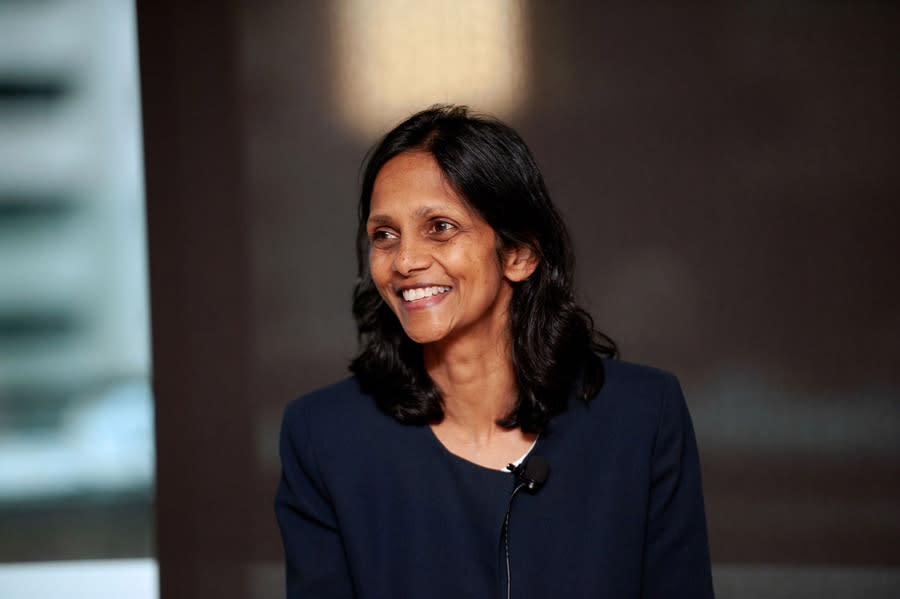4 areas where women are leading in finance

Financial equality between the genders still has a way to go.
Just 12 companies in the ASX 200 have a female CEO, while those that make it to the top still have to contend with the 13.9% gender pay gap.
Women are retiring with around 40% less superannuation than men. We do the bulk of unpaid household work, averaging anywhere from 16-55 hours per week, and make up more than two-thirds of primary carers.
But while it might feel as if we’re continuously drawing the short straw financially, there are areas where women are excelling. Property ownership, investing and entrepreneurship are just a handful of fields in which women are leading when it comes to personal finance.
Women are more likely to own a home
Women are becoming increasingly savvy when it comes to real estate and understand that property can lead to greater financial security later in life.
Data from the Australian Bureau of Statistics (ABS) shows that roughly 60% of Aussie women own their own home either with a mortgage or debt free, compared to just 56% of men.
Home ownership is higher for women across all age groups (up to age 65) and women are also paying off their mortgages sooner than men on average. The data also shows that single women are more likely to own their home than single men, unless they are mothers.
This is supported by research from Finder’s Consumer Sentiment Tracker, which shows that women are more optimistic than men about property ownership. Almost a third (31%) believe they’ll purchase a house in the next 1–5 years, compared to just 28% of men. Similarly, 25% of men think they’ll never be able to afford their own home compared to just 21% of women.
When we do invest, we tend to be more profitable
The world of investing is largely tailored to men. A recent report shows that just 18% of online investors are female, while 14% of fund managers globally were women in 2019 – the same percentage as 10 years ago.
Yet the proportion of women who invest online is growing. According to the Investment Trends report, 28% of online investors who have signed up over the past 12 months are women – up from just 13% 5 years ago.
Not only that, research shows that when women do invest, we tend to outperform men. This is especially true for younger women – female investors in the 18–25 bracket tend to hold portfolios that are on average 20% larger than males of the same age group. Other studies, such as that from UNSW Business School, show similar results.
The trick is our carefully considered investment approach. According to NAB's director of investor behaviour Gemma Dale, women tend to pick stocks based on extensive research and a long-term investment outlook. Males on the other hand, take more of an aggressive and high-risk approach, which doesn’t always pay dividends.
Although investing may seem overwhelming or complex as a first-timer, there are plenty of useful online resources to teach you the basics.
We carry less credit card debt
Finder research shows that women are less likely to whack it on the plastic than men. The average woman has $5,212 in credit card debt – much less than the $8,572 average that men have clocked up.
The research also found that more women (26%) would switch their credit card provider to unlock savings, compared to just 22% of men.
We’re running small businesses: #girlboss
ABS data shows that 12.1% of the nation’s 5.9 million employed women are now their own boss. Over a third (34.8%) of all small Australian businesses are also headed by women – this is a 46% increase in the past 2 decades.
There’s also a growing world of networking, blogs and entrepreneurial women taking advantage of the trend, which is only set to continue.
There is still ample room for improvement when it comes to financial inequality. However, it’s important to celebrate the areas where women are shining if we want to completely smash through the glass ceiling.
Bessie Hassan is a money expert at Finder.
Follow Yahoo Finance Australia on Facebook, Twitter, Instagram and LinkedIn.

 Yahoo Finance
Yahoo Finance 